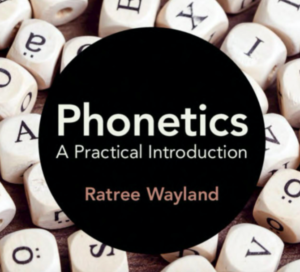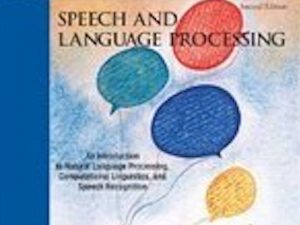A concise introduction to articulatory phonetics
Wayland (Phonetics) – Chapter 8 – Acoustic Properties of Vowels and Consonants
An overview of the properties of vowels and consonants
Wayland (Phonetics) – Chapter 7 – Digital Signal Processing
An intuitive introduction to acoustics digital signal processing
Wayland (Phonetics) – Chapter 6 – Basic Acoustics
A concise introduction to acoustics: sounds, resonance, and the source-filter theory
Wayland – Phonetics: A Practical Introduction
This phonetics textbook covers articulatory and acoustic phonetics as well as an introduction to digital signal processing.
Jurafsky & Martin – Section 8.5 – Unit Selection (Waveform) Synthesis
A brief explanation. Worth reading before tackling the more substantial chapter in Taylor (Speech Synthesis course only).
Jurafsky & Martin – Section 4.2 – Simple (Unsmoothed) N-Grams
We can just use raw counts to estimate probabilities directly.
Jurafsky & Martin – Section 4.1 – Word Counting in Corpora
The frequency of occurrence of each N-gram in a training corpus is used to estimate its probability.
Jurafsky & Martin – Section 9.6 – Search and Decoding
Important material on efficiently computing the combined likelihood of the acoustic model multiplied by the probability of the language model.
Jurafsky & Martin – Section 9.8 – Evaluation
In connected speech, three types of error are possible: substitutions, insertions, or deletions of words. It is usual to combine them into a single measure: Word Error Rate.
Jurafsky & Martin – Section 9.7 – Embedded training
Embedded training means that the data are transcribed, but that we don’t know the time alignment at the model or state levels.
Jurafsky & Martin – Section 9.5 – The lexicon and language model
Simply mentions the lexicon and language model and refers the reader to other chapters.


